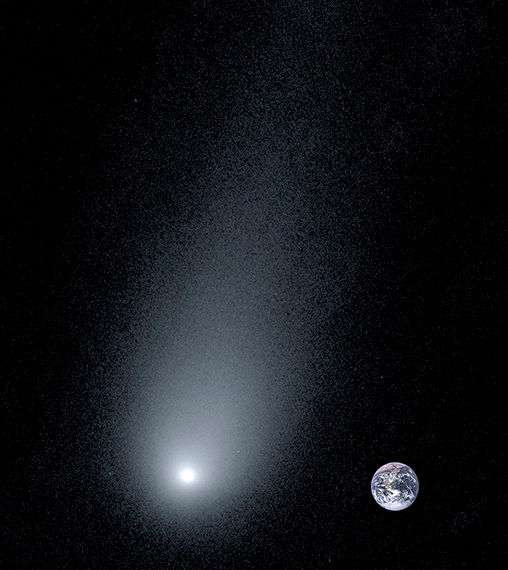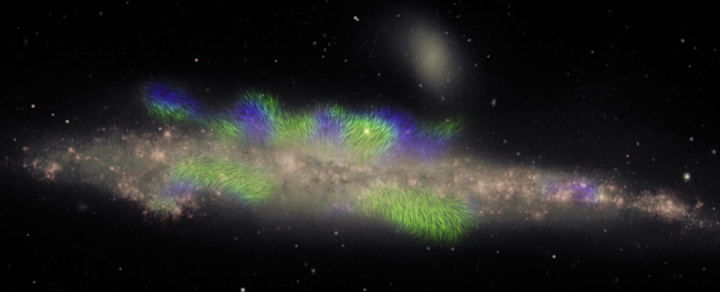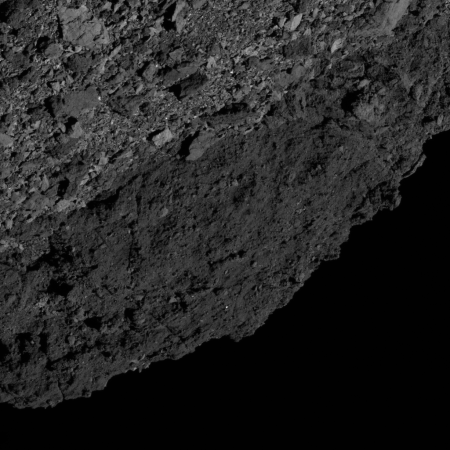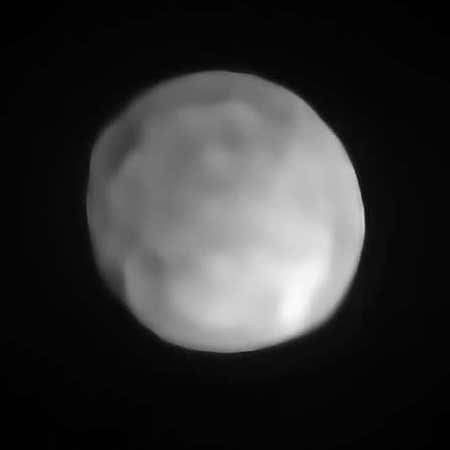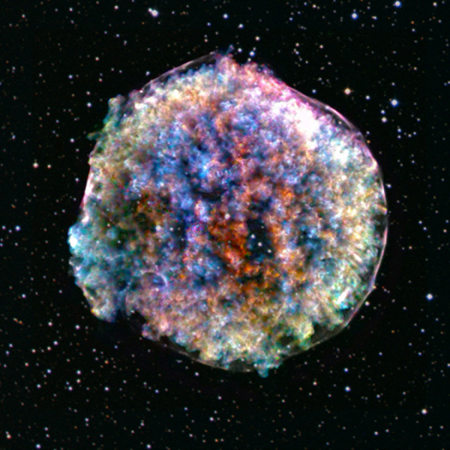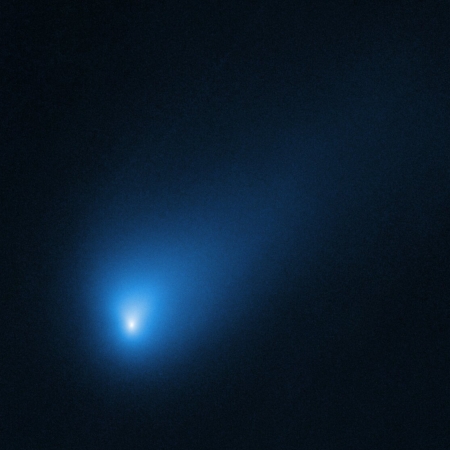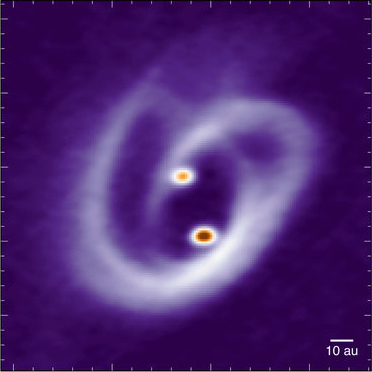Astronomers find record-setting heaviest supermassive black hole
Astronomers have discovered the most massive black hole yet discovered, having a mass 40 billion times the mass of our Sun.
The new data obtained at the USM Wendelstein observatory of the Ludwig-Maximilians-University and with the MUSE instrument at the VLT [Very Large Telescope in Chile] allowed the team to perform a mass estimate based directly on the stellar motions around the core of the galaxy. With a mass of 40 billion solar masses, this is the most massive black hole known today in the local universe. “This is several times larger than expected from indirect measurements, such as the stellar mass or the velocity dispersion of the galaxy,” remarks Roberto Saglia, senior scientist MPE and lecturer at the LMU.
The light profile of the galaxy shows a centre with an extremely low and very diffuse surface brightness, much fainter than in other elliptical galaxies. “The light profile in the inner core is also very flat,” explains USM doctoral student Kianusch Mehrgan, who performed the data analysis. “This means that most of the stars in the centre must have been expelled due to interactions in previous mergers.”
To give some perspective, the mass of the supermassive black hole in the center of the Milky Way, Sagittarius A* (pronounced A-Star), is thought to be about 4.6 million solar masses. This newly discovered supermassive black hole is almost nine thousand times heavier.
Astronomers have discovered the most massive black hole yet discovered, having a mass 40 billion times the mass of our Sun.
The new data obtained at the USM Wendelstein observatory of the Ludwig-Maximilians-University and with the MUSE instrument at the VLT [Very Large Telescope in Chile] allowed the team to perform a mass estimate based directly on the stellar motions around the core of the galaxy. With a mass of 40 billion solar masses, this is the most massive black hole known today in the local universe. “This is several times larger than expected from indirect measurements, such as the stellar mass or the velocity dispersion of the galaxy,” remarks Roberto Saglia, senior scientist MPE and lecturer at the LMU.
The light profile of the galaxy shows a centre with an extremely low and very diffuse surface brightness, much fainter than in other elliptical galaxies. “The light profile in the inner core is also very flat,” explains USM doctoral student Kianusch Mehrgan, who performed the data analysis. “This means that most of the stars in the centre must have been expelled due to interactions in previous mergers.”
To give some perspective, the mass of the supermassive black hole in the center of the Milky Way, Sagittarius A* (pronounced A-Star), is thought to be about 4.6 million solar masses. This newly discovered supermassive black hole is almost nine thousand times heavier.

